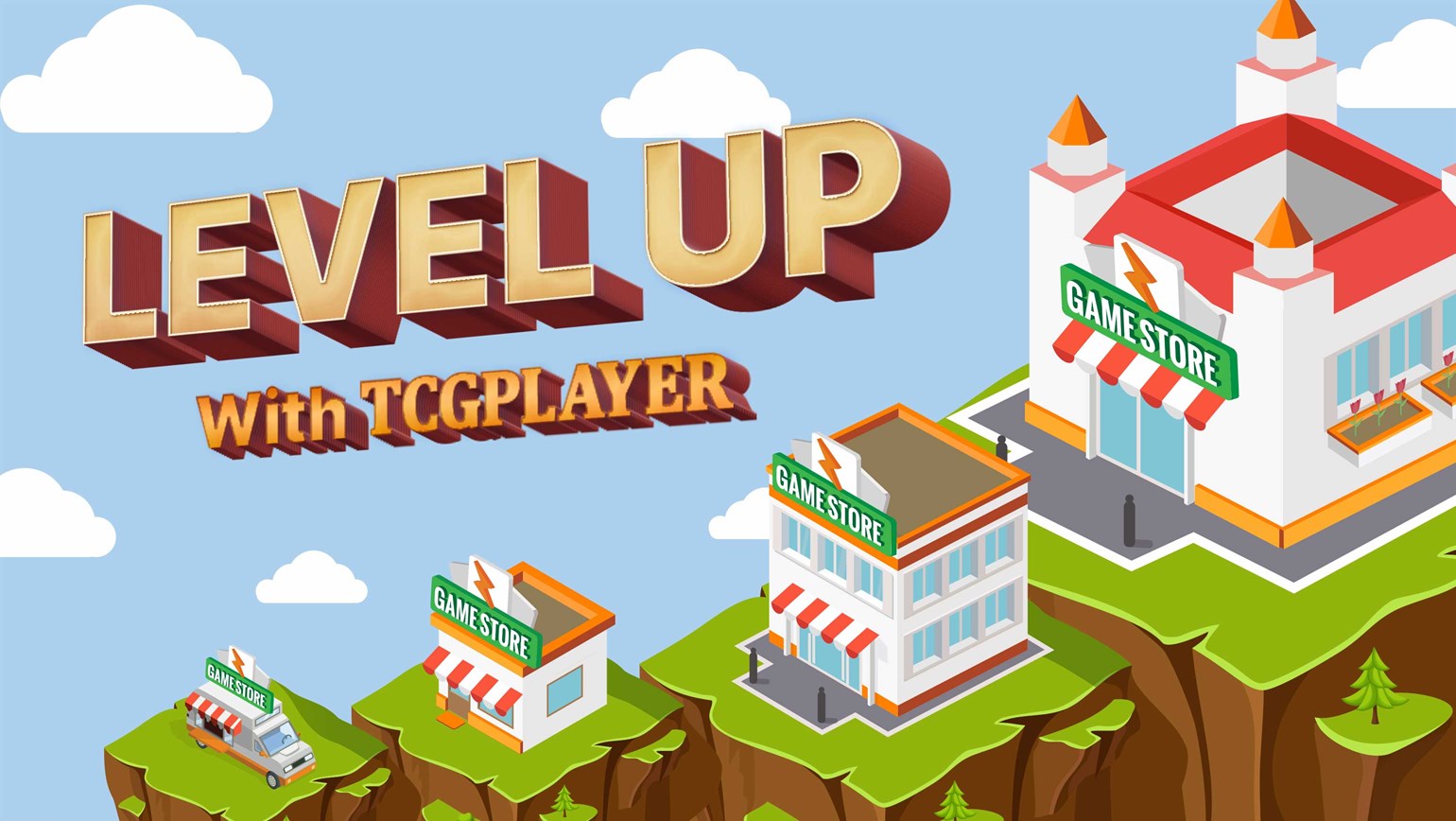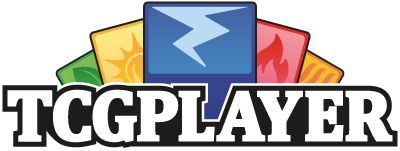Seller Tips: Leveling Up Your New TCGplayer Account
Nicolas E
So you’re a new seller on TCGplayer. You have a large collection that you want to list online, but you’re not able to yet since you’re a brand new seller sitting at Level 1. You could be that person with a special someone asking you to clean out your closet, or maybe you’re a store owner considering switching to TCGplayer Pro and testing the water with online selling.
Back in 2014, I started as a Level 1 seller with TCGplayer (yup, way back before Pro). This is what I learned about leveling up.
Getting started
Once you’ve created your TCGplayer account, you’ll be ready to list everything. You may realize you’re not able to or that there’s a level system and you’re confused on how to proceed. What cards do you put online? How do you get to Level 4?
I assume you know some of your stock and what kind of cards might have some value already. If not, spend some time taking a look at your cards and check out the price guide to help find cards in your sets. You want to find about 15 cards that have a value ranging from $15 to $30.
Why not cards under $15?
You want to be on the first page of TCGplayer when a buyer looks at cards—if at all possible the first or second person on the list. Check some cards out and see what they’re going for and take into consideration that you’ll have a shipping charge on your card.
If cards are under $15, you’re looking at losing too much to pay between fees and shipping. Also, if you go for the bulk commons, you hit the limitations of what you can have online. Plus, bulk pricing is something you’ll want to think about while you level up before pricing cards under $15.
Why not cards over $30?
You want these cards to be quick sells, and the more expensive card is, the slower it will sell. When I started, it was from a friend’s collection. One of the cards was $80. It took me putting it at half price for it to move quickly—something I am sure no seller wants to do.
Why use tracking?
We want to ship these cards with tracking for a couple of reasons. If you ship without tracking, you’re waiting until the Expected Delivery Date (EDD) before it counts that sale as completed. With tracking, the sale will count as completed when it ships and you’ll also get paid sooner.
Secondly—and for me the most important part of the tracking—was seeing the customer got the card and how the shipping went through the country. I had not really done a lot of mail when I first started. I knew mail coming from my grandma’s would take 2-3 days at most, but mail going to her would take at least 5 days. As I watched the tracking, I noticed some patterns that helped me resolve customer questions later on down the line. For example, I have noticed that some mail from the East Coast would go to San Diego before coming up to Washington state, or some areas in the east had several processing hubs that mail would go to before going to someone's town. I get to see every step the shipment goes through at USPS.
Doing the leveling process like this, you’ll be at Level 4 in no time. You can then spend time sorting your collection and figuring out your pricing strategy.
